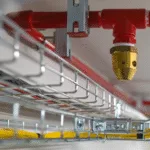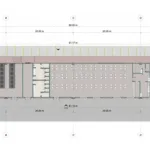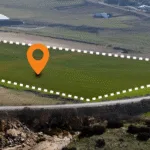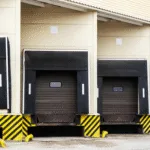julio 31, 2025
Structural Safety Elements in Industrial Constructions
Structural safety is one of the fundamental pillars in the construction of industrial buildings. Beyond complying with regulations, it involves protecting both the investment and the safety of the people who will work within the facility. A poorly designed or constructed structure can lead to irreparable damage, costly repairs, or even human risk.
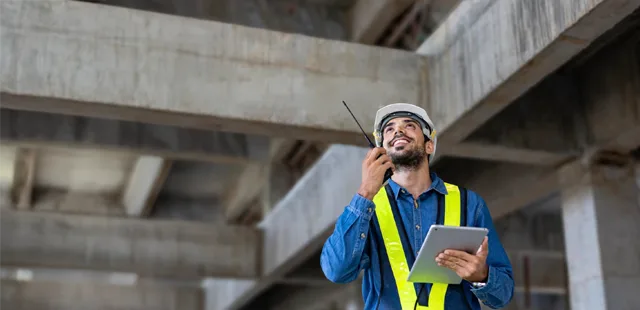
1. Structural Design: The Foundation of Everything
Proper structural design takes into account factors such as live and dead loads, seismic activity, wind, soil settlement, and the specific use of the building. To achieve this, it requires:
- Detailed structural calculations
- Load and stress simulations
- Structural drawings with technical specifications
Having certified structural engineers is essential to ensure that the design complies with both local and international standards.
2. Selection of High Strength Materials
Structural materials must not only be durable but also suitable for environmental conditions. Key materials include:
- Structural steel: High strength, flexibility, and fast assembly.
- Reinforced concrete: Ideal for foundations and elements that require great rigidity.
- Prefabricated components: Speed up the construction process without compromising safety.
Additionally, ensuring material quality through testing and certified suppliers is crucial.
3. Solid Foundations Adapted to the Terrain
The foundation is the first element that ensures the stability of the entire industrial structure. Its design depends on the soil type, water table level, and the loads the structure will bear. Common foundation types include:
- Isolated or continuous footings
- Raft foundations
- Piles or piers for unstable soils
Poor foundation design can compromise the entire project, which is why it must be based on up to date geotechnical studies.
4. On Site Technical Supervision
Even with a solid design and quality materials, on site execution is a critical factor. Structural supervision must ensure:
- Compliance with construction procedures
- Inspection of each phase: reinforcement, pouring, welding, anchoring
- Load testing and quality control
Continuous supervision prevents errors that may go unnoticed until it’s too late.
Conclusion
Structural safety in industrial construction is non negotiable. Investing in sound design, certified materials, proper foundations, and regulatory compliance not only reduces risks but also ensures the longevity of the building and prevents future costs. The key lies in planning with experts and monitoring every detail of the construction process.



